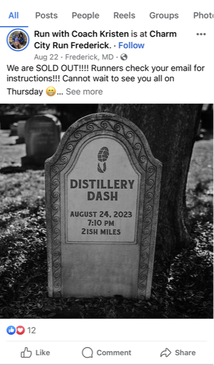 So, we had a little “fun run” in Mount Olivet back on Thursday evening, August 24th. This event was put on with the help of two, local partners, and supported our ongoing preservation efforts by the Friends of Mount Olivet membership group. One of these partners was Charm City Run, a running & walking specialty company with one of its eight retail locations here in Frederick. In addition to helping guide us in this particular endeavor, Charm City sells shoes with personalized fittings and various other necessities for runners from apparel to athletic gear. The group handled the technical logistics of the course through our “garden cemetery,” along with aspects of marketing and execution of the run. Capped at 75 runners and called “The Distillery Dash,” $750 was raised through entry fees, and Charm City Run matched the amount thus creating a total donation to our FOMO group of $1,500. This money will go to the continued repair and restoration of old and ailing monuments in our historic section as I’ve discussed before within this blog. Yours truly shook off the rust, and participated in the 2-mile run around the cemetery. It wasn’t my first rodeo, and I finished with no incident. I quite enjoyed the opportunity to participate with others in this “fun run” format. I, however, did not enjoy being taunted by my 17-year-old son who made the point several times over that he finished minutes ahead of me. Since it was not an official timed event, I reminded him that the only way he could have beaten me is if he actually had considerably more fun than me, since it was marketed as a “fun run.” That brings me to our second partner, and an explanation for the name “Distillery Dash.” This was McClintock Distilling, a relatively new craft distillery of over six years in town located between West Patrick Street and Carroll Creek. It can be accessed from Carroll Street in the historic confines of the old Ideal Buick Garage location of the early 20th century. The firm distills vodka, gin and whiskeys from 100% organic grains and features tours and tastings at their location showing mastery of adaptive re-use architectural practices. I soon learned for myself that McClintock’s “tasting room,” along with others of its ilk in downtown Frederick, is a popular spot for the running set including recreational joggers, competitive sprinters and awe-inspiring marathoners. Of greater interest, I soon realized that Mount Olivet is also a favorite recreational destination for the local running community to traverse with its peaceful and contemplative surroundings bisected by eight miles of roadway. So that covers the purpose, and name, for “the Distillery Dash,” but where does the name McClintock come from? You will soon learn that it is a moniker as inventive as its namesake— the glue, or elixir, that holds all of this together. McClintock Young was a former resident of Frederick, and long-time resident of Mount Olivet, buried in 1913. He is a very interesting figure to study in context to the annals of Frederick history. Mr. Young holds the distinction of being a successful businessman, but is commonly heralded as Frederick’s greatest inventor. At the time of his death in 1913, he had filed over 100 patents for his creations. He would be responsible, in part, for giving work to hundreds of local residents thanks to his inventive genius. 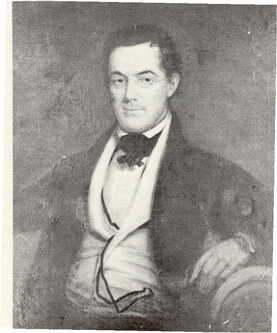 McClintock Young, Sr. (1801-1863) McClintock Young, Sr. (1801-1863) McClintock Young, Jr. was born June 25th, 1836 in Washington, D.C. Here is where he lived his early years, and began his scholastic career. Our subject’s father, McClintock Young, Sr. (1801-1863), was a politician and received an appointment to the position of Chief Clerk of the United States Treasury. He would be called upon to be Acting Director of the Treasury several times during the Andrew Jackson administration. Ironically, the senior Mr. Young briefly worked under short-lived Secretary of the Treasury, Roger Brooke Taney, whose wife and three daughters are buried in Mount Olivet’s gated Potts lot. McClintock’s mother, Susan Bird Newman (1805-1836), was the daughter of Col. Francis Newman of England, and she hailed from Upper Marlboro in Charles County, Maryland. Her father had given up a baronetcy back home in favor of American citizenship (c. 1800). Mr. Newman served as a colonel in the War of 1812 and afterwards became a revenue collector for Washington D.C. The progenitor of the Young family was McClintock’s paternal grandfather, Hugh Young, a Scotch-Irishman and resident of Londonderry, Ireland. He was implicated in the rebellion of 1798, and to escape persecution, fled to the United States in that year, and settled in Baltimore, where he would spend the remainder of his life. He was a great admirer of Andrew Jackson, and is said to have entertained the rough and tumble president in his home in “Charm City.” Interestingly, Hugh’s son, McClintock Young (Sr.), would be appointed chief clerk of the United States Treasury by Andrew Jackson, a position Young, Sr. would retain for a number of years as mentioned earlier. McClintock, Sr. and wife Susan had two boys, McClintock, Jr. (b. 1836) and Alexander (b. 1830-1862). Taney may have influenced the elder McClintock Young to send his sons to Frederick to attend the Frederick Academy (also called Boy’s High School), once located on Council Street. Both boys can be found living here in town within a boarding house run by a lady named Teresa Jamison in the year 1850. This is thought to have been on East Second Street. McClintock Young, Jr. was a tinkerer from a “young” age. In 1849, at 12 years-old, he constructed a fire engine that could throw a stream of water more than 40 feet in the air. He did this without the aid of technical or mechanical training. McClintock, Jr. went on to attend St. John’s College in Annapolis, and receive teaching from Benjamin Hallowell (1799-1870) who had opened a boarding school in Alexandria, VA. Mr. Hallowell had quite a reputation, and one of his former students was Robert E. Lee. Mr. Hallowell went on to be the first president of the Maryland Agricultural College, later to change its name to the University of Maryland. McClintock Young, Jr. opened a foundry in Frederick on the east end of Patrick Street adjacent the bridge that crosses Carroll Creek. He engaged in the agricultural implement and machinery business from 1856-1870 with a business name of the Vulcan Iron Works, originally started with partner Ezra Doub. In the early 1860s, Young was running the Vulcan Works by himself and produced items such as stoves and related items. The partnership dissolved by century's end, as Mr. Young began getting noticed for his success in gaining patents for new inventions. Along the way, McClintock Young married Louisa Mary Mobberly of New Market in 1862 and started a family. She was a relative of Frederick Revolutionary War hero, et al. Thomas Johnson, Jr. Young continued to make the world better through mechanized means, earning patents for steam engines, saw mills, and sewing machines. He also designed such useful things as a box-making machine and an ink eraser. His big invention came with a “self-rake” mechanism that he sold to the McCormick Harvester Company. This would remain a pivotal part of the firm’s famed reaper machines for more than half of a century. It's not quite known how McClintock spent the American Civil War in Frederick, a definitive crossroads of war. He registered for service as was mandatory, however did not serve. Meanwhile, his brother died as a result of the conflict. Alexander served with the Confederacy and was killed above Richmond (VA) at the Battle of Hanover Courthouse on May 27th, 1862. McClintock’s father would die less than a year later in early May, 1863. He is buried in a crypt in Washington, D.C.’s impressive Congressional Cemetery. McClintock Young's wife, Louise, bought the property that is today labeled as 124 North Court Street in 1865. The family would live here, and a lasting reminder can be found directly across the street in the form of a coal chute cover with McClintock’s name as a maker’s mark. Sadly, the Young’s first two children died in infancy: Louisa Newman (1870) and McClintock Young (1868) McClintock Young would earn a great payday in 1870 from the Diamond Match Company, who purchased his patent for an automated match-making machine. This mechanism cut splints from a block of wood, spaced for dipping without shifting the block or cutters, and stuck them into the holes of a perforated plate, in which condition they were dipped in the composition, and, when sufficiently dry, pushed out by small punches, corresponding to the holes in the plates. Young also invented machines to manufacture hinges, and, (previous to 1870) obtained several patents including such things as knife sharpeners and others covering the principles of the modern bicycle with pedals powering rear wheels instead of the existing early technology of the late 1800s featuring “front-wheel drive.” Meanwhile, a unique relationship grew between McClintock Young and executives of the Diamond Company. One such was John K. Robinson, the primary founder of the Palmetto Brush Company here in Frederick in 1886. Young had come up with a machine that could turn palm trees into scrub brushes, and would design several more variations on his original. Formerly, this trade had to be performed by hand. McClintock’s invention spaced, bored, inclined and tufted the holes automatically, allowing each tuft (of brush bristle) to be secured by a wire staple. Two machines of this type, run by one operator, could create 70,000 tufts in 10 hours. McClintock Young’s original foundry location on South Street soon became the home of the Ox Fibre Brush Company, with McClintock being named company vice president. Due to the business’ great success with customers here and abroad, a new plant would be built on East Church Street extended. Young’s “brush with success” led to him being well respected here, and elsewhere, throughout his life. He traveled abroad to Canada and England to patent his inventions interantionally. McClintock Young labored, so others would not have to in the manufacture of products that would further assist the laborer. At a time when there were few sports and entertainment stars, an inventor of his reputation carried a level of celebrity and was revered by colleagues and neighbors alike. Aside from that, Young was highly involved in the civic and fraternal clubs of town. He was an active Mason, and member of All Saints’ Protestant Episcopal Church. Most importantly, he was said to have been a stellar parent, raising three daughters into adulthood, especially challenging after his wife died in 1886. These included: Helen Young (married Baker Johnson), Elizabeth Bird Young (married Dr. Arthur Williams), and Eloise Newman English (married Arthur English). One thing that brought great happiness to Frederick’s grand inventor was the time he spent at his mountain cabin. This retreat was procured before the conception of the resort colony at Braddock Heights thanks to another brilliant innovation started in Frederick by George William Smith with his interurban trolley system (the Frederick & Middletown Railway) in 1896. Of course, that particular area was made famous and took its name from Braddock Spring, once used supposedly by British Gen. Edward Braddock in 1755. Keeping a spring-like theme, McClintock’s cabin was located in the Bootjack Springs area northwest of Frederick City, mountain land wedged between Yellow Springs and Indian Springs, both having roads named for them. I, myself, grew up just below said cabin in the Bootjack Springs Estates. My father even hung an antique bootjack in our house’s central hallway. The bootjack was more commonly used in earlier times by gentlemen to assist in the removal of boots. I don’t know how the Bootjack Springs area got its name for sure, but I was once told that the land parcel (that contained the principal spring of this vicinity), was shaped much like a bootjack. I recently learned that one of McClintock Distilling's signature concoctions is "Bootjack Rye Whiskey." It’s hard to keep a good man down, but the brilliant light within McClintock Young, Jr. finally faded on August 1st, 1913. Supposedly, a three-year illness was to blame for his demise at the age of 77, his troubles were initiated, in part, years earlier by a severe fall from a horse in November,1913. McClintock would be buried in Mount Olivet next to his wife Louisa in Area H/Lot 483. McClintock Young’s funeral was well attended by a great number of family, friends and admirers. The Ox-Fibre Company would long "outlive" Mr. Young into the mid-1900s. In 1912, just before McClintock's death, the company apparently foiled a plot to place a spy among its workers and steal plans for McClintock Young's patented machines. This location would later serve home to Goodwill Industries, and now is the site of luxury apartments. I recently learned through the writings of a man married to a descendant of McClintock Young. This man is named Robert K. Guthrie. During the time of the inventor’s infirm state, the Ox-Fibre Brush Company re-incorporated the business to Delaware. To this day, his family believes that the company and his related amazing inventions were stolen from him. 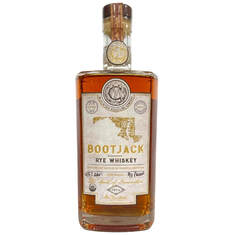 McClintock’s daughters sold his house on North Court Street in 1914. However, Eloise would receive the mountain cabin as a gift from her father. It would be the setting for a major event in the life of Eloise and her children three years after McClintock’s passing. I wrote about this in “Stories in Stone,” under the title "Auld Lang Syne and the Inventor's Daughter" for one of my first blog pieces in which I had wanted to chronicle the life of this special man. It’s now taken me six and a half years to finally follow through. However, I only have one thing to say—researching and presenting history is not a race, but more like a "fun-run." As long as you make it to the finish line, and have enjoy the pursuit and learning along the way, that’s all that matters. I do, however, now suddenly feel the need for a nice drink for my labors as we enter Labor Day weekend of 2023. Perhaps I can find something with Bootjack Rye Whiskey so I can salute the old inventor, himself. The family lot in Mount Olivet's Area H is not far from Confederate Row on the cemetery's west side. It holds the remains of McClintock, wife Louisa who predeceased him, along with his two infant children (McClintock and Louisa) that passed in the late 1850s. Daughters Helen and Eloise are also buried here, along with three of Eloise' children, and another from Helen. By design, the finish of the recent fun run was placed just past McClintock's gravesite. Participants paid their respects, to a man who certainly used his time here in Frederick, and on Earth, to its fullest. Thank you McClintock Young, and thanks Charm City and McClintock for your kind support of our ongoing historic preservation of Mount Olivet Cemetery. AUTHOR'S NOTE: Special thanks to Coach Kristen Watkins of Charm City Run for her work in pulling us all together. This was certainly a reverent and inventive endeavor that benefits our cemetery in many ways.
0 Comments
Leave a Reply. |
STORIES
|
Archives
July 2024
June 2024
May 2024
April 2024
March 2024
February 2024
January 2024
December 2023
November 2023
September 2023
August 2023
July 2023
June 2023
May 2023
April 2023
March 2023
February 2023
January 2023
December 2022
November 2022
October 2022
September 2022
August 2022
July 2022
June 2022
May 2022
April 2022
March 2022
February 2022
January 2022
December 2021
November 2021
October 2021
September 2021
August 2021
July 2021
June 2021
May 2021
April 2021
March 2021
February 2021
January 2021
December 2020
November 2020
October 2020
September 2020
August 2020
July 2020
June 2020
May 2020
April 2020
March 2020
February 2020
January 2020
December 2019
November 2019
October 2019
September 2019
August 2019
July 2019
June 2019
May 2019
April 2019
March 2019
February 2019
January 2019
December 2018
November 2018
October 2018
September 2018
August 2018
July 2018
June 2018
May 2018
April 2018
March 2018
February 2018
January 2018
December 2017
November 2017
October 2017
September 2017
August 2017
July 2017
June 2017
May 2017
April 2017
March 2017
February 2017
January 2017
December 2016
November 2016

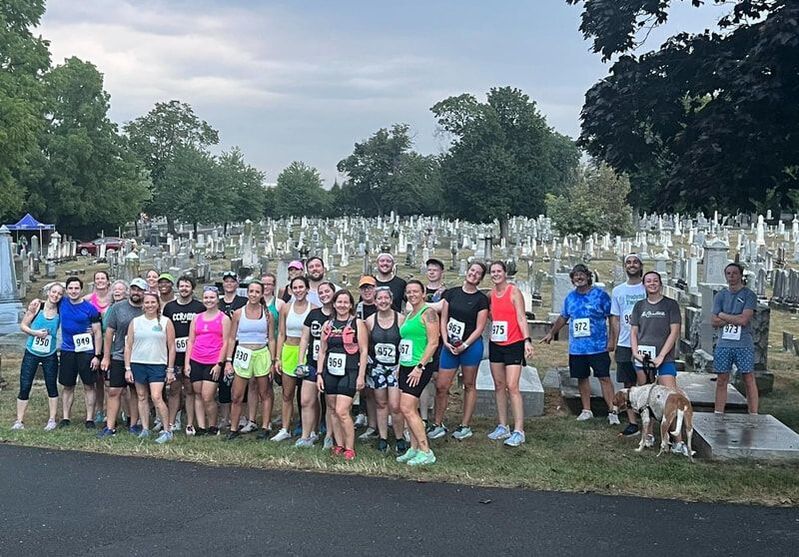
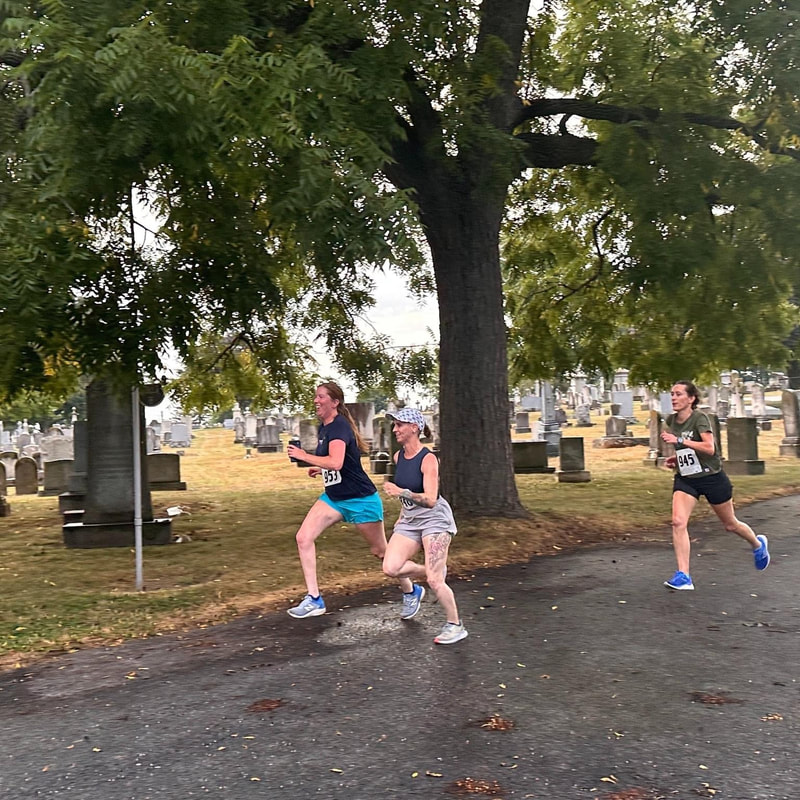
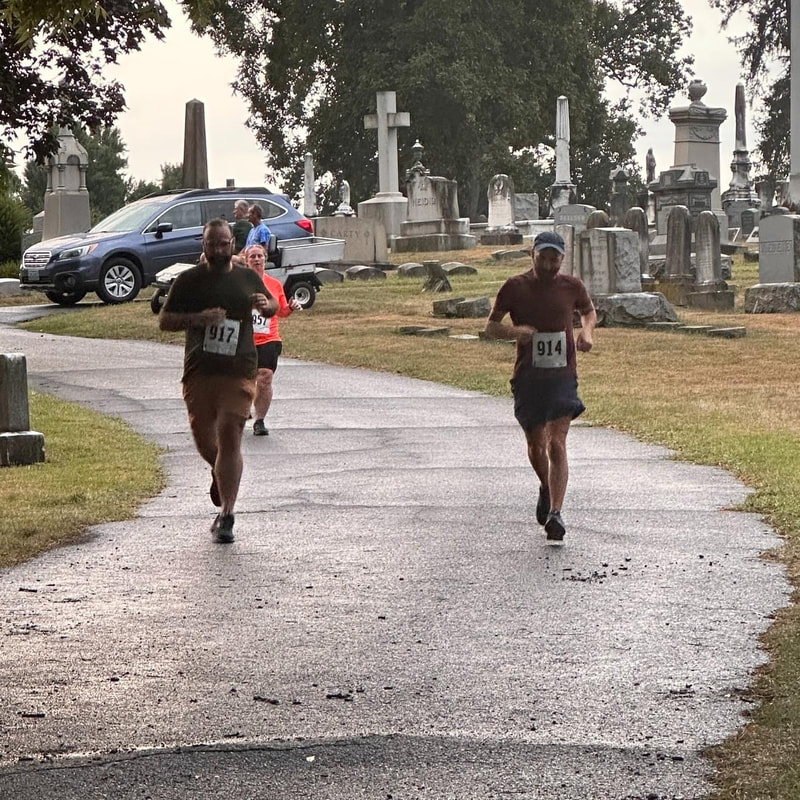
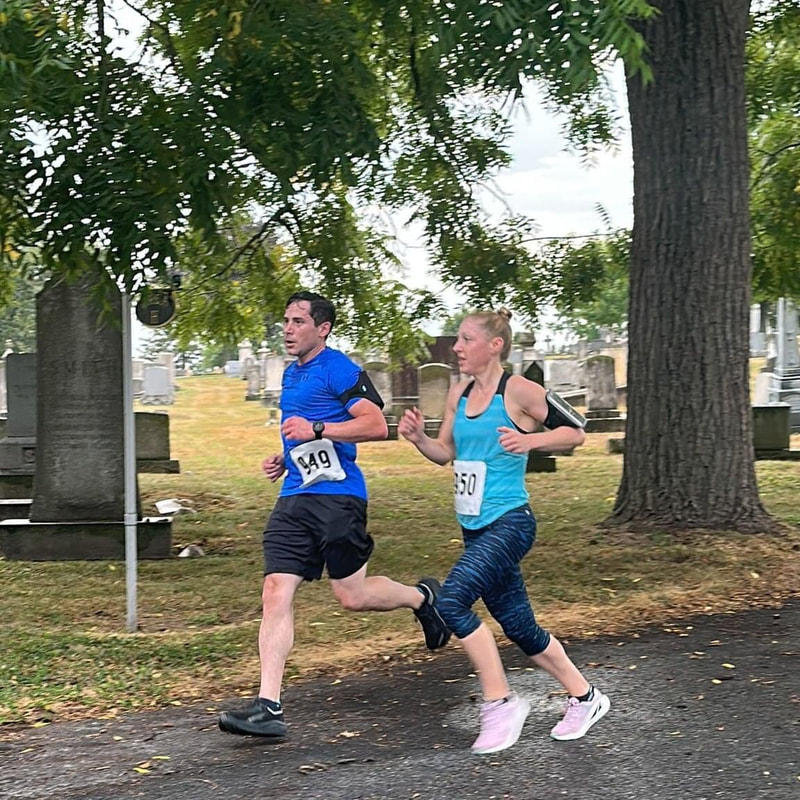
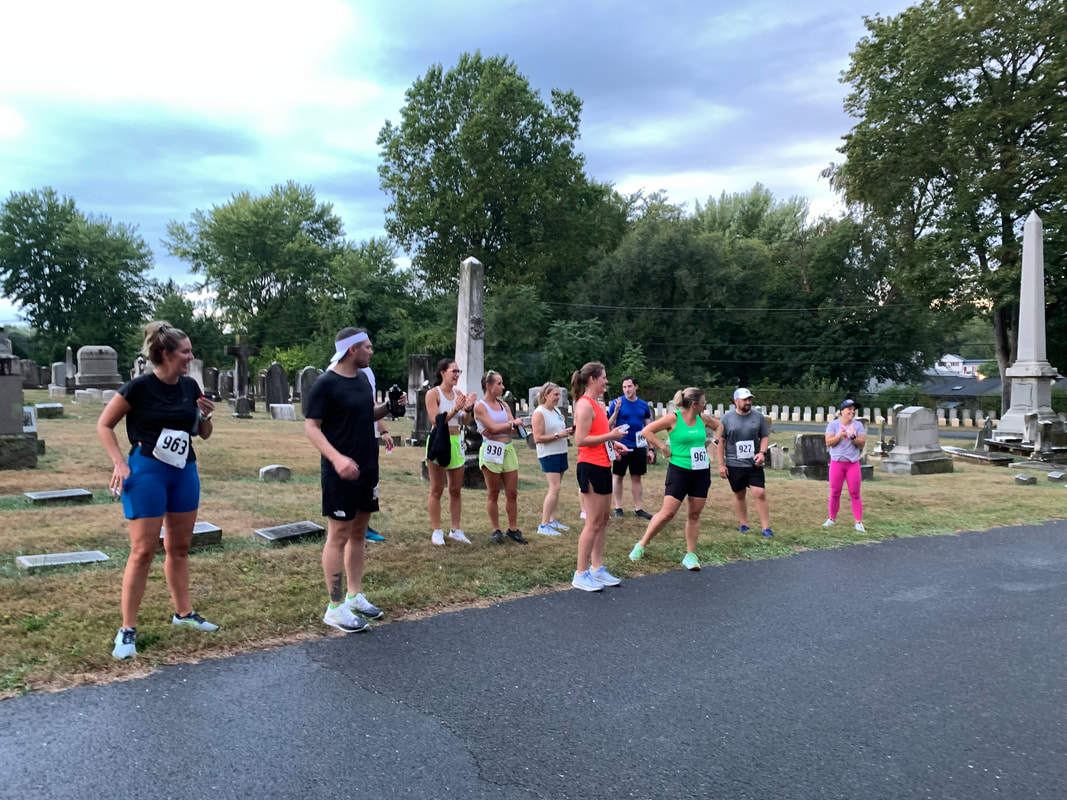
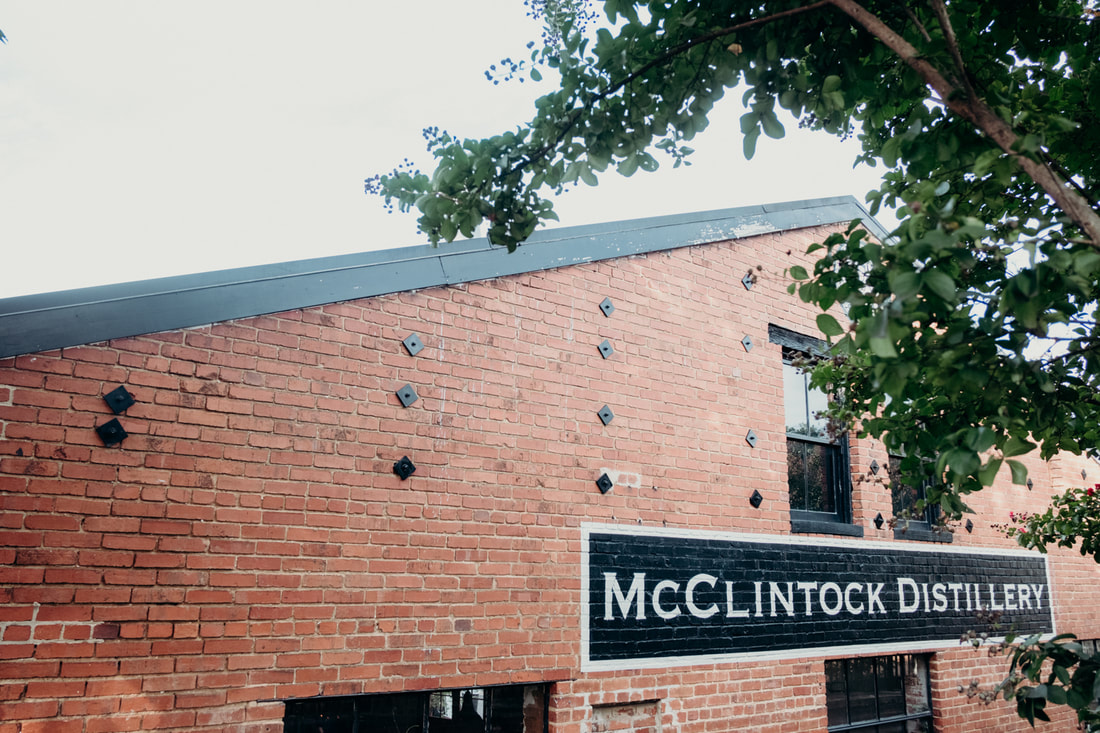


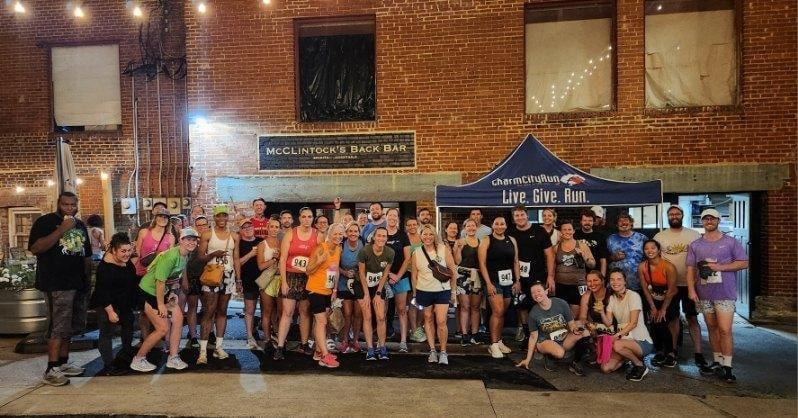
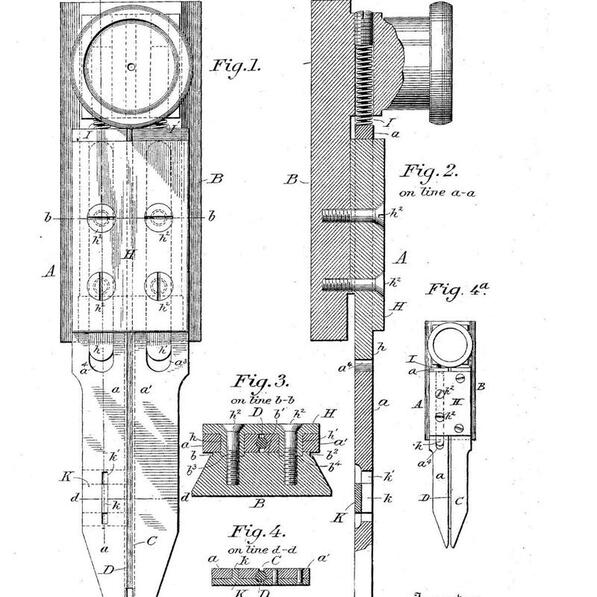
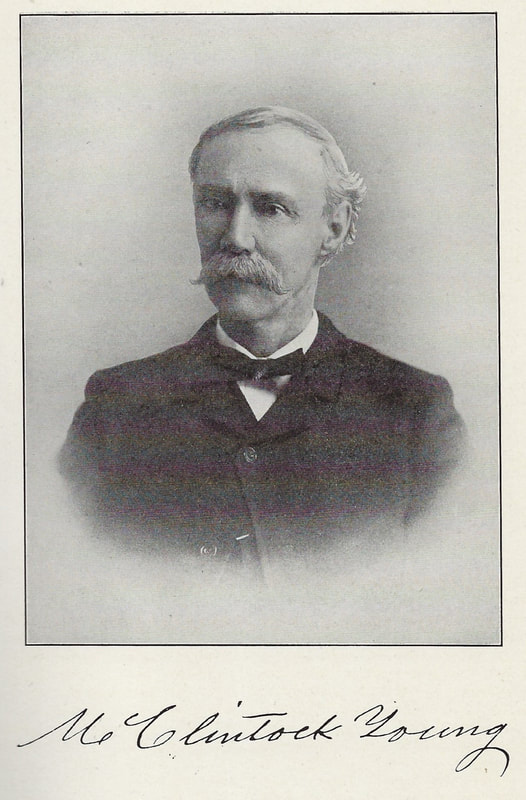
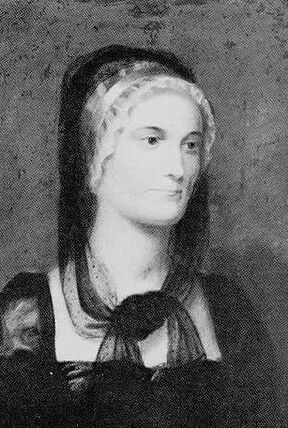
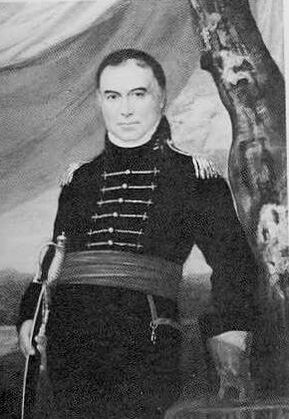

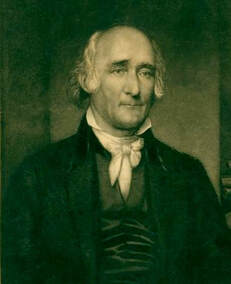
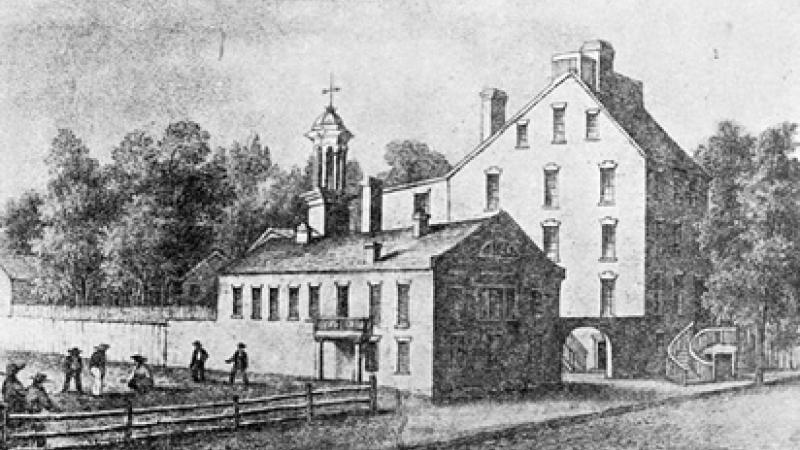


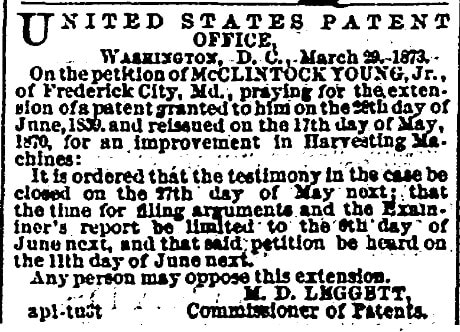
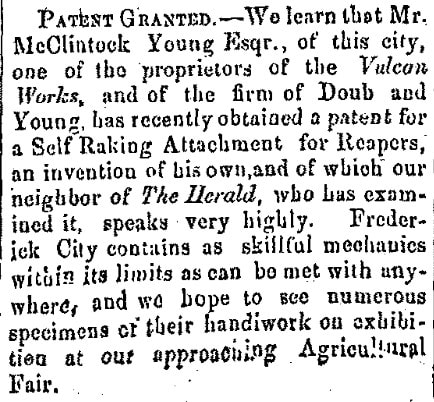
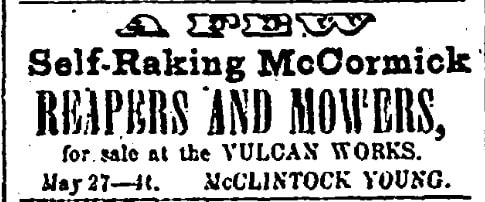

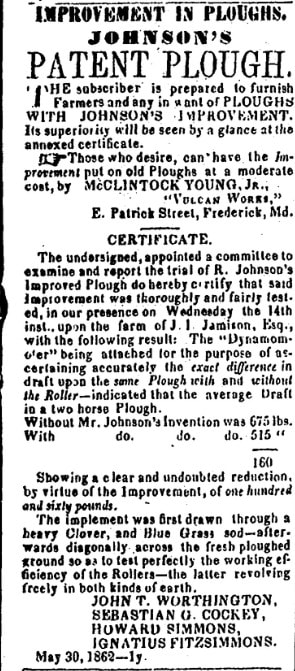
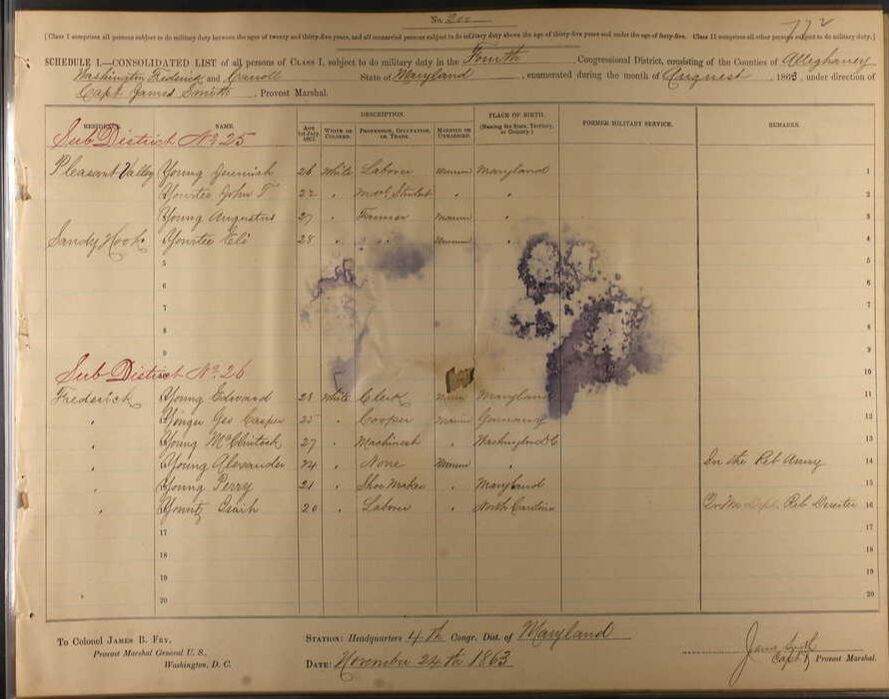

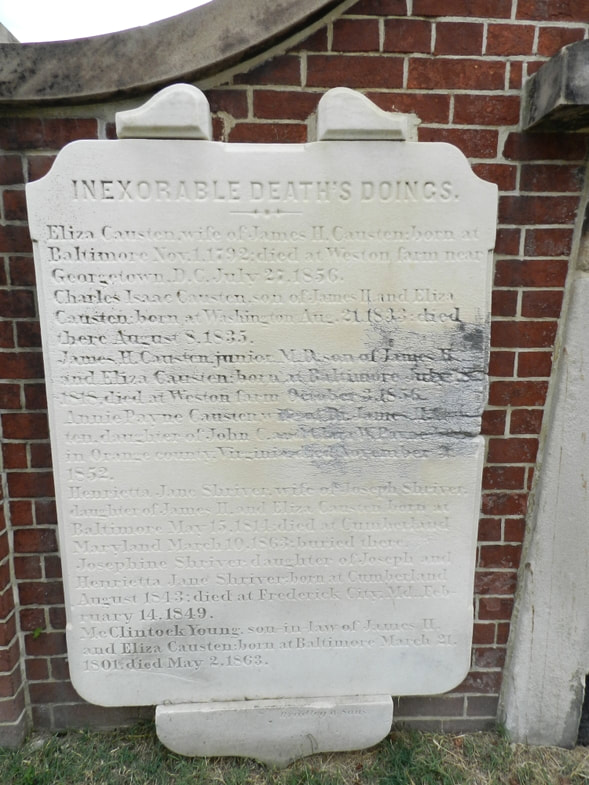

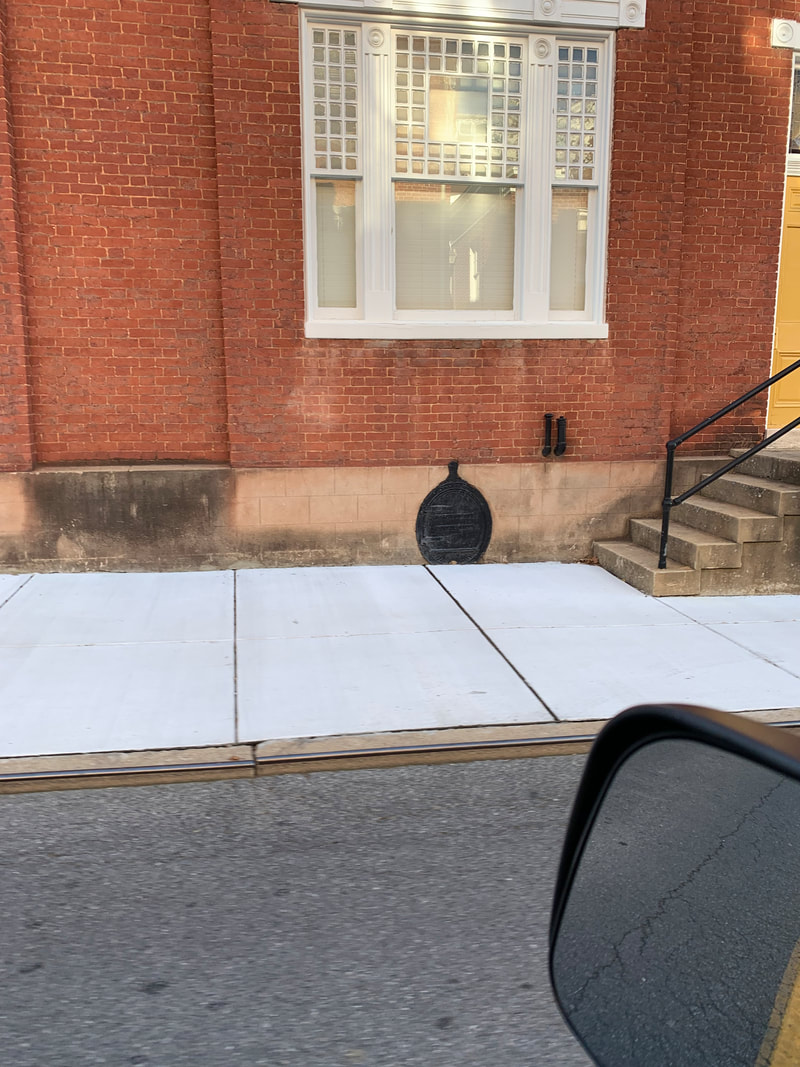
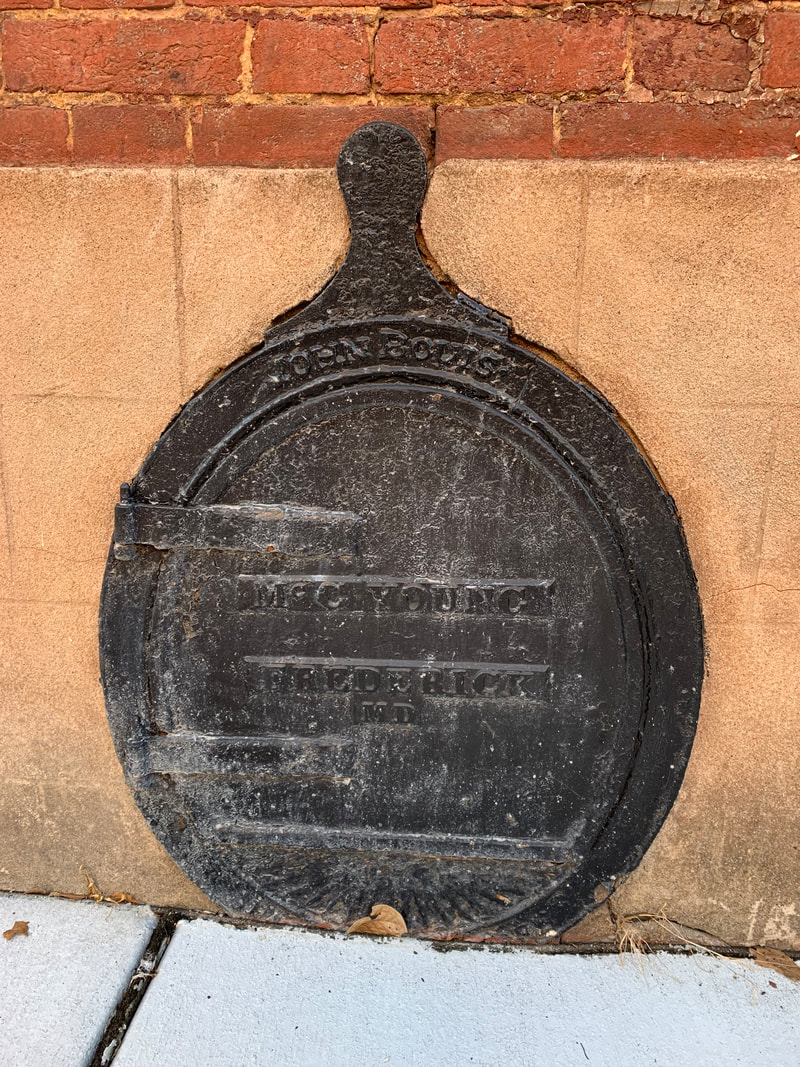
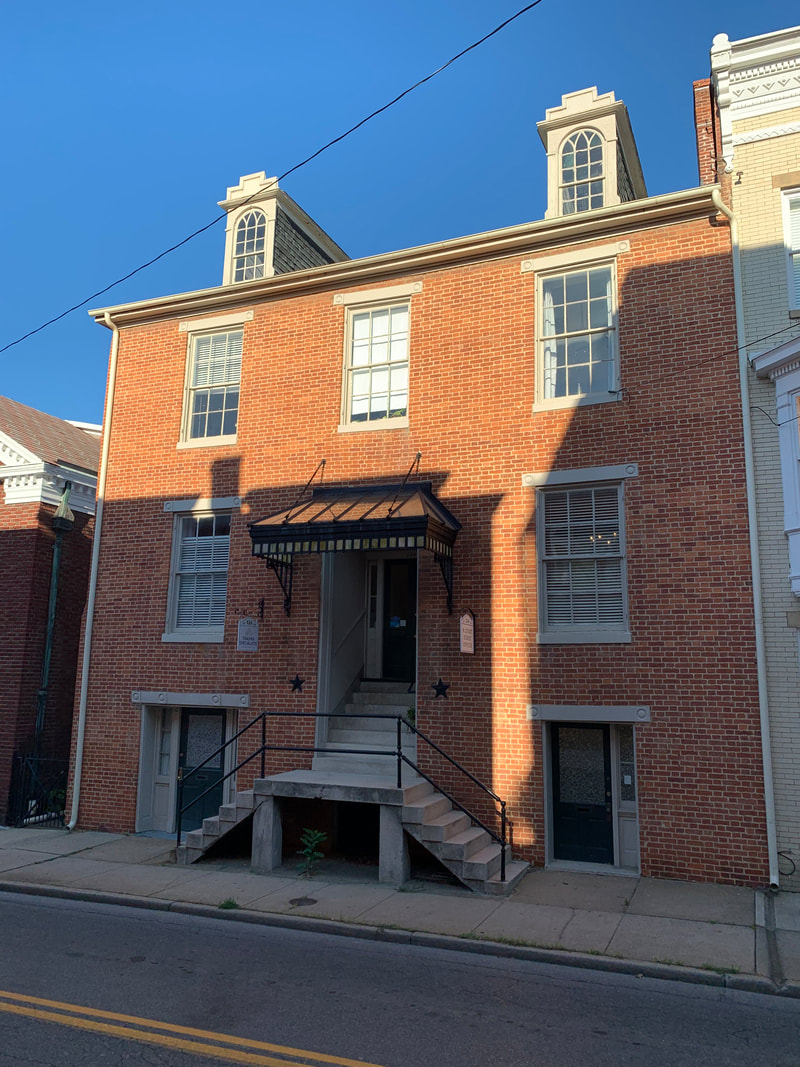
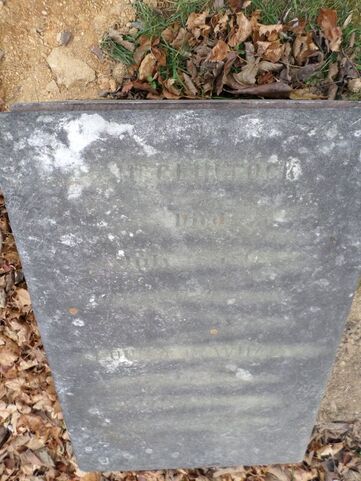
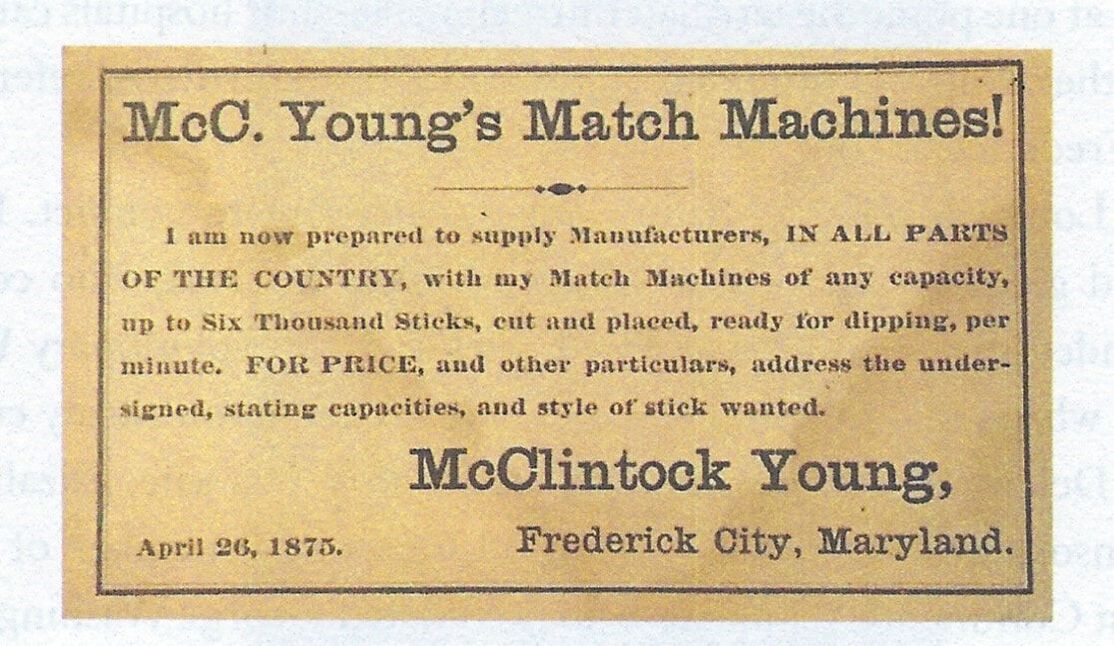
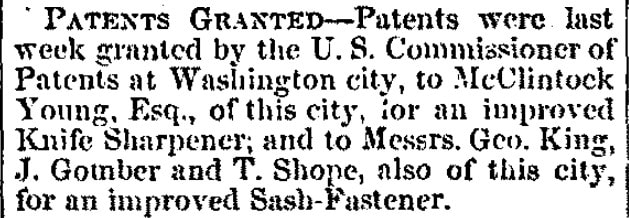

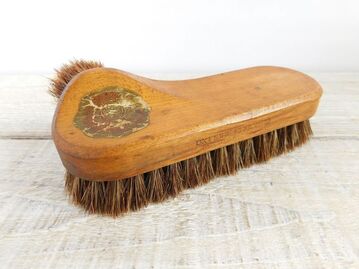
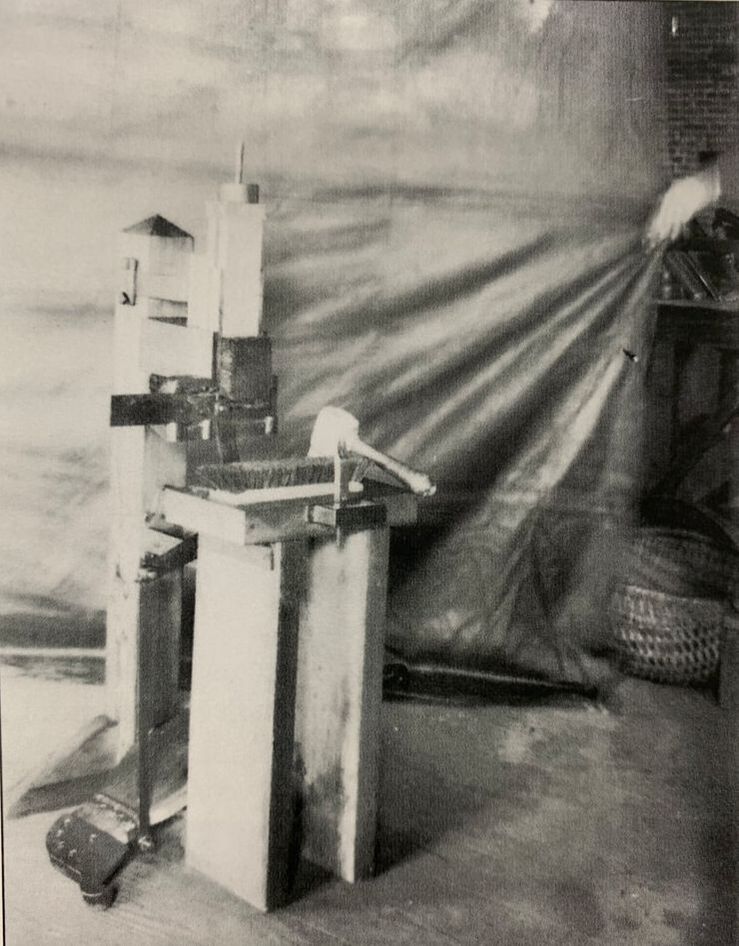
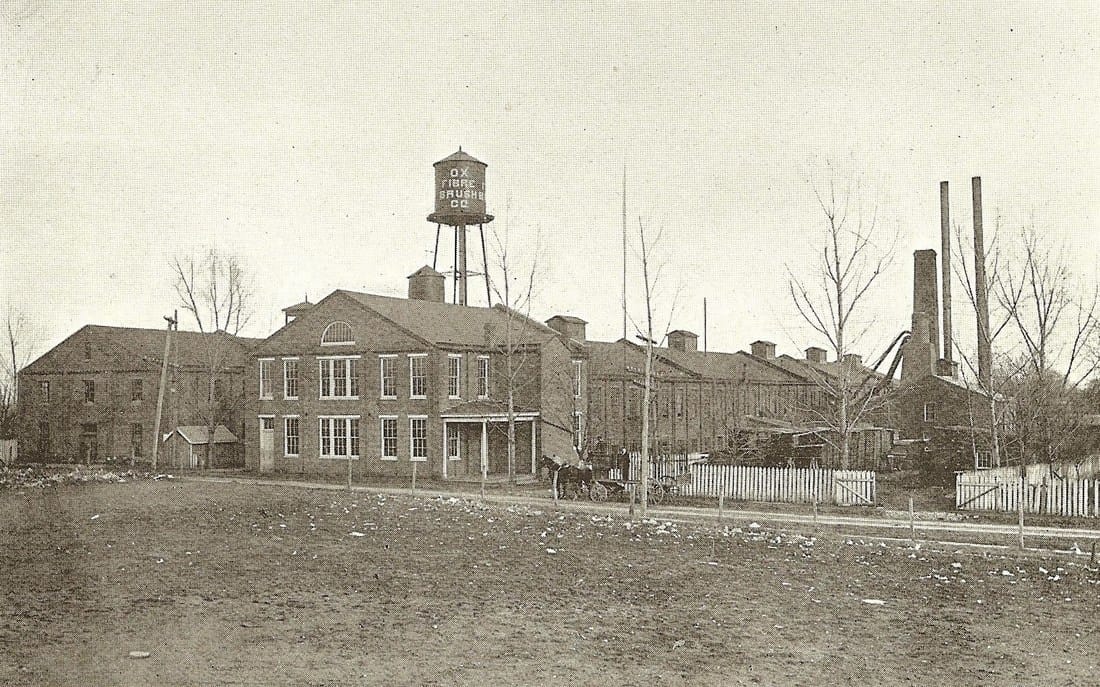
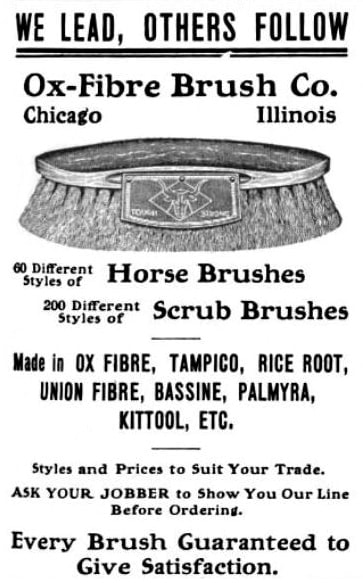
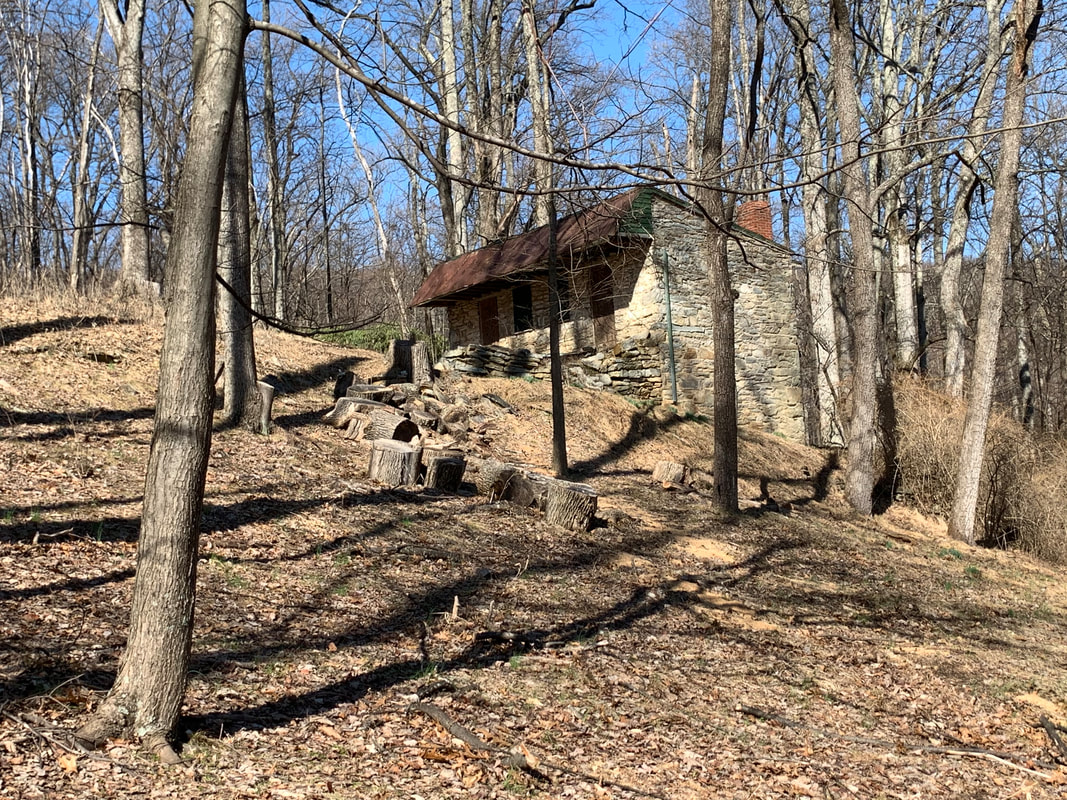
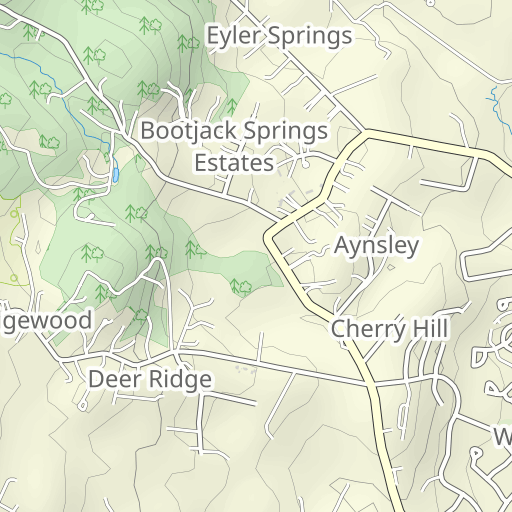
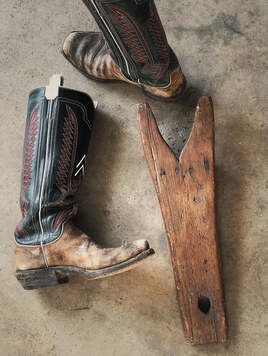
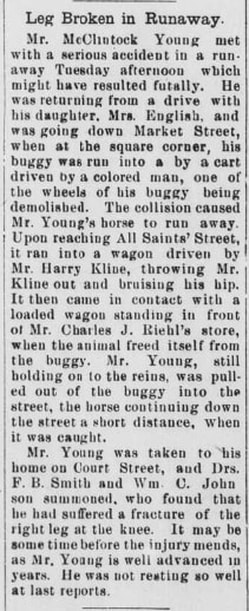
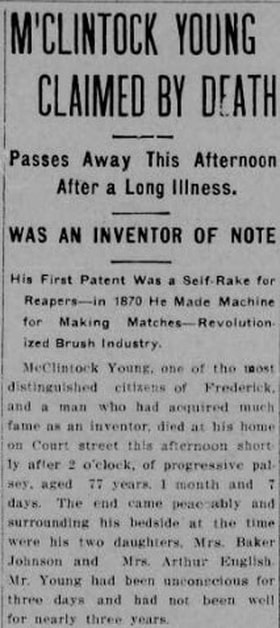
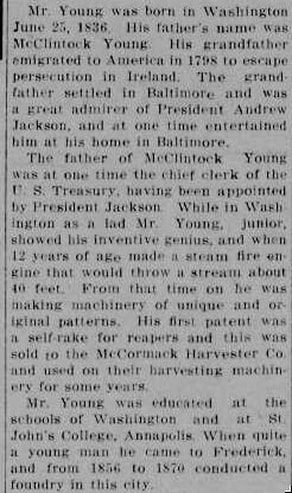
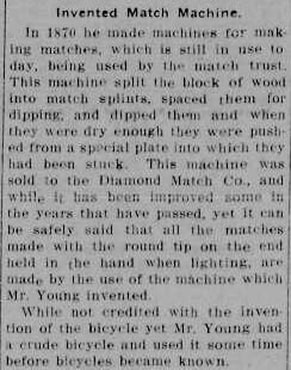
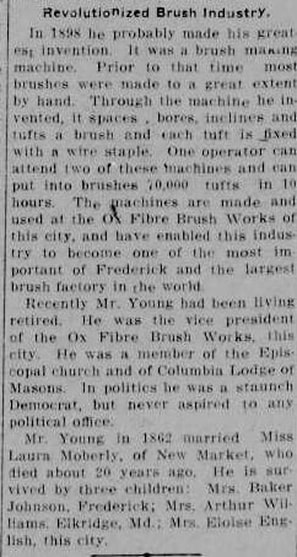

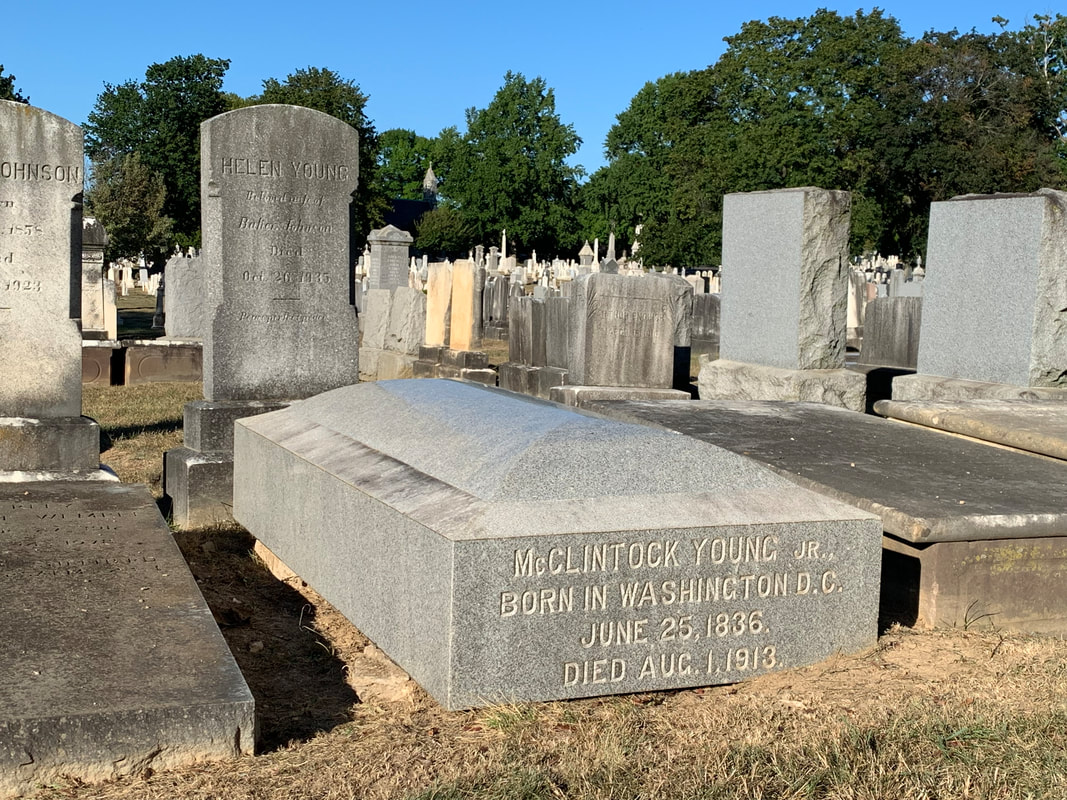
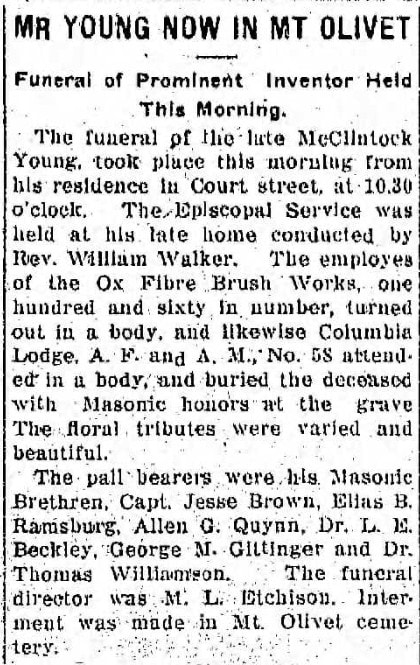
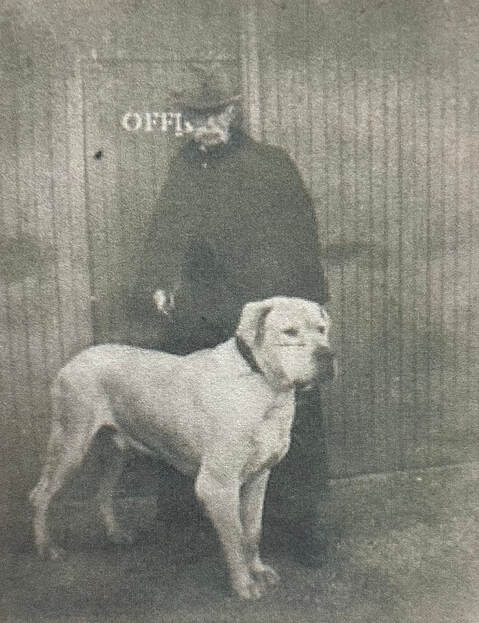
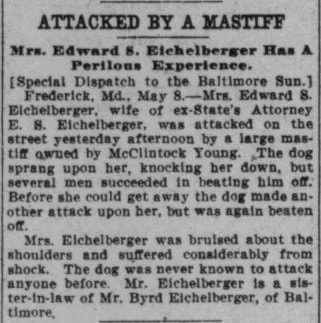
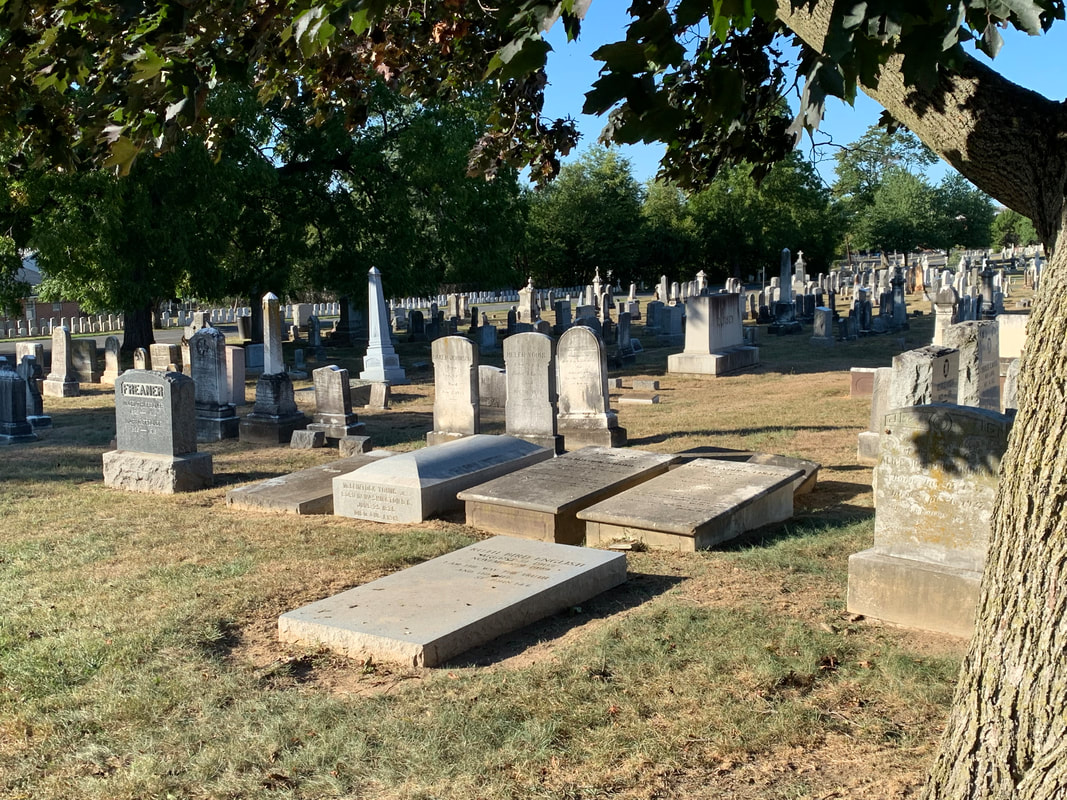
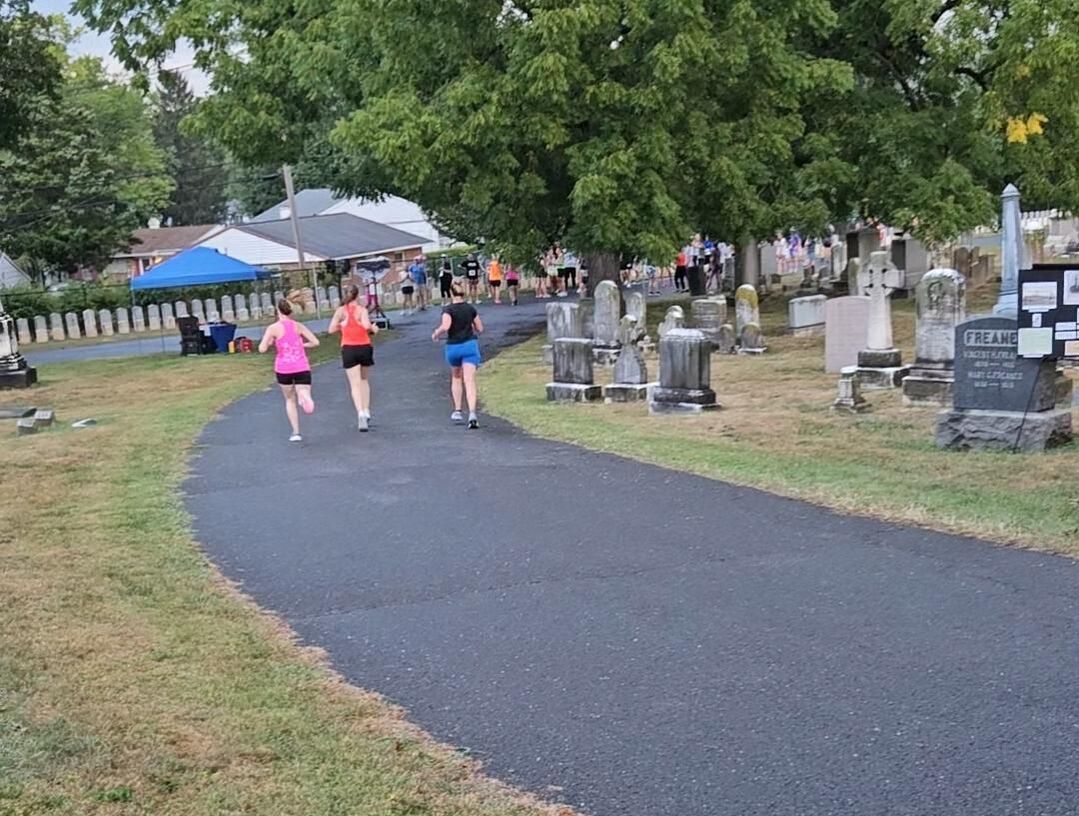
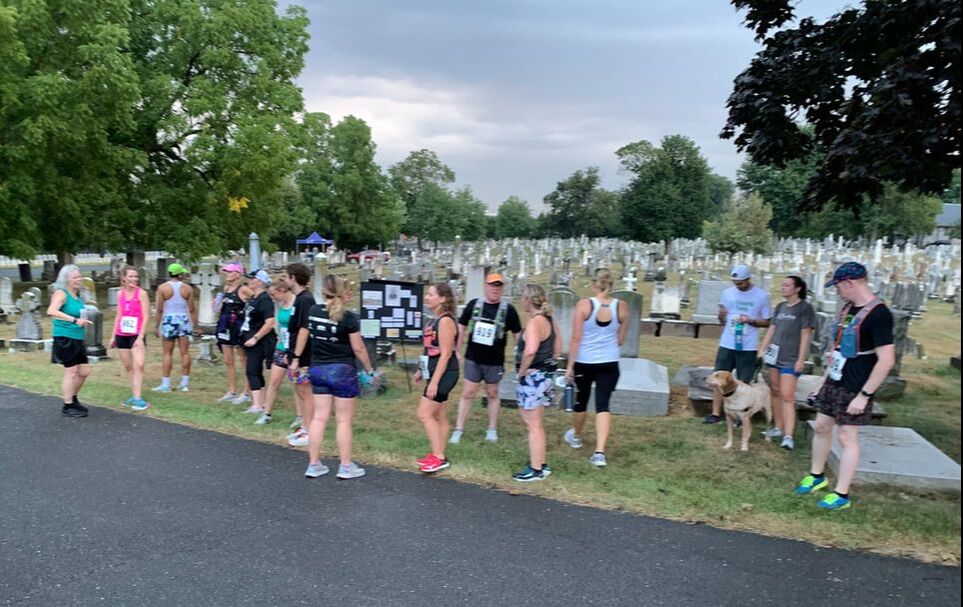
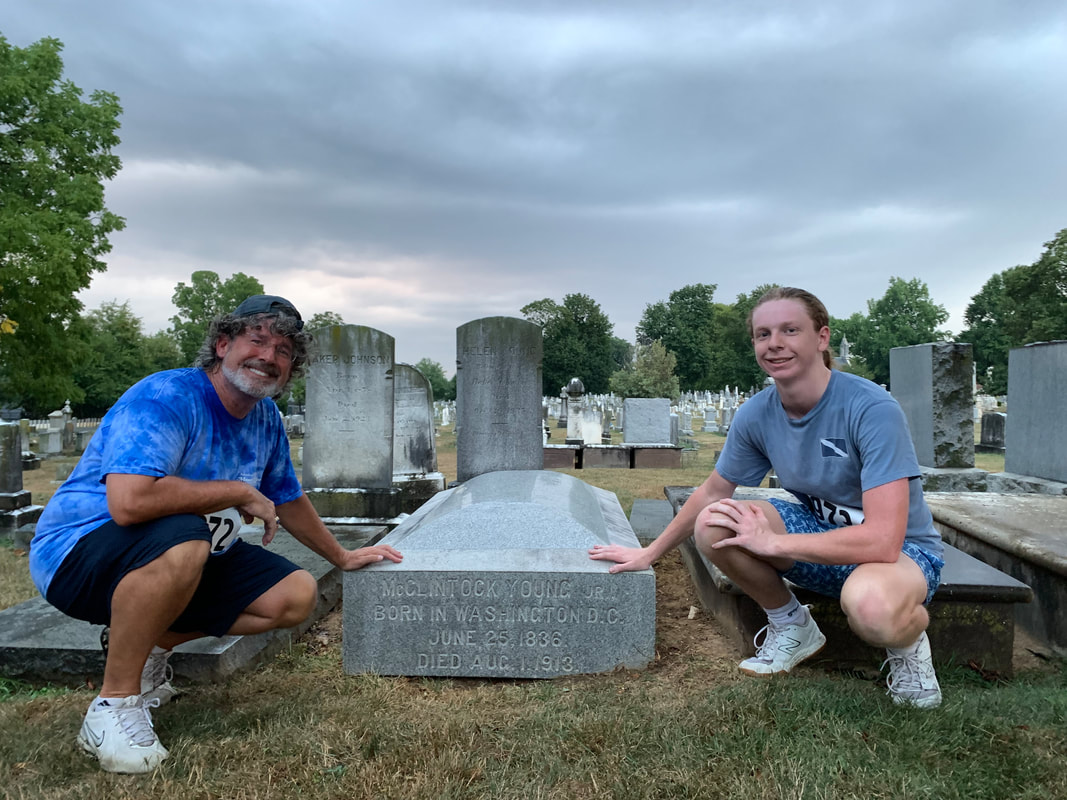
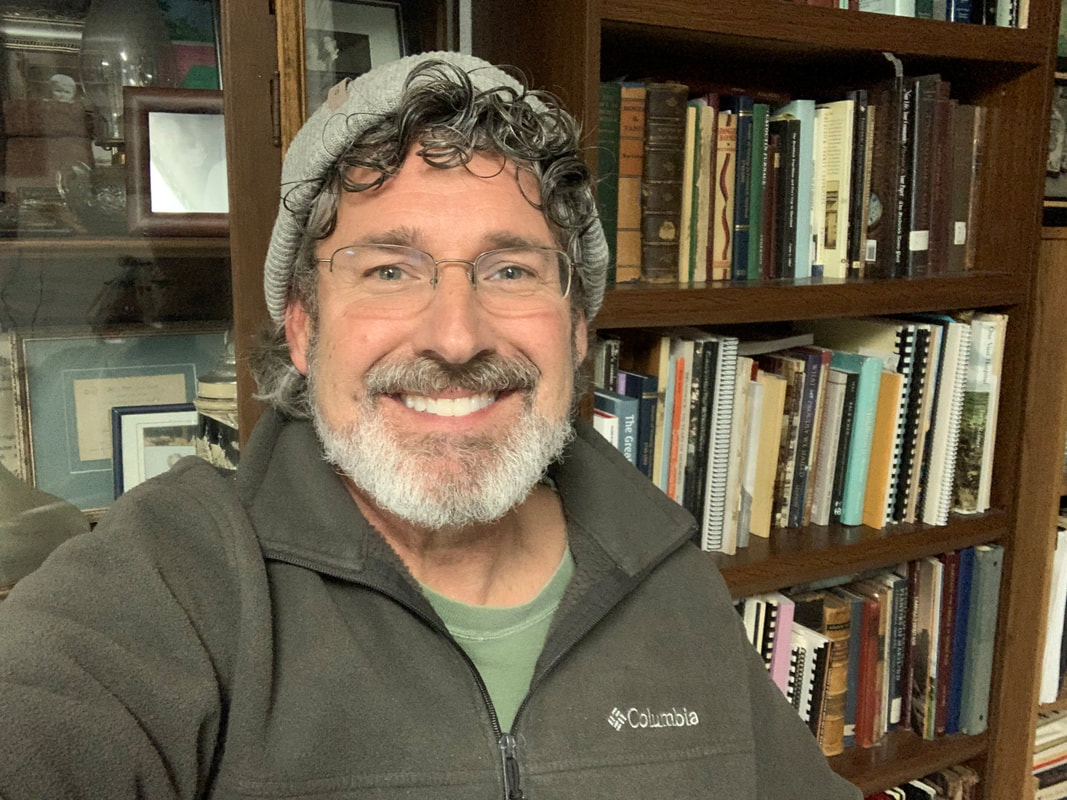
 RSS Feed
RSS Feed